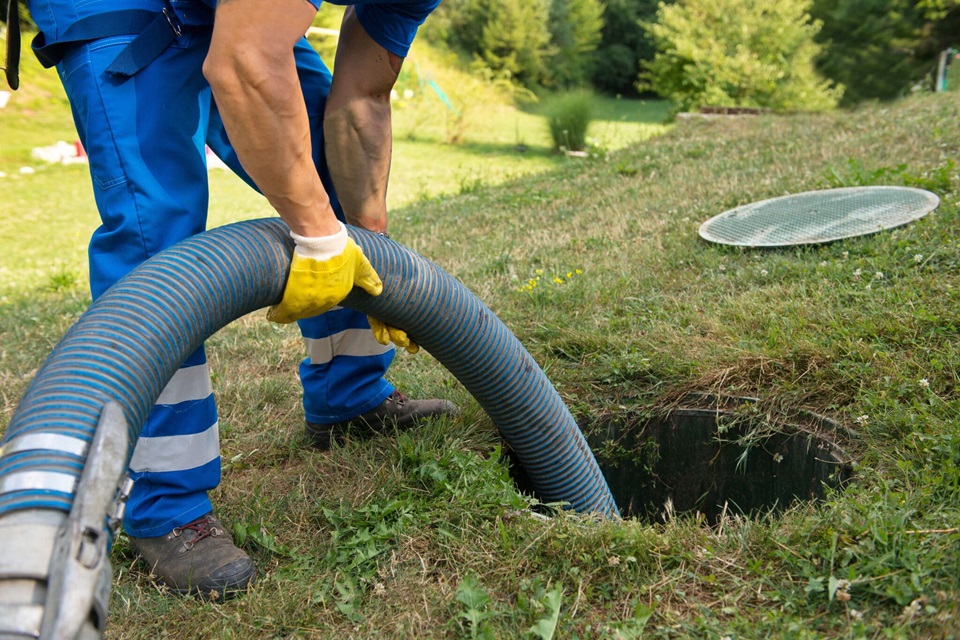Trenchless sewer repair pipe lining is an innovative and less invasive way to restore your damaged or old drain lines. Licensed plumbing contractors use this technology to replace or fix your sewer line without digging a trench on your property.
The first step of the process involves inspection and evaluation of your existing pipe run. Once the damage has been identified, it’s time to start.
Pipelining
Pipelining is one of the most popular and effective trenchless sewer repair techniques. Also known as cured-in-place pipe (CIPP), this method involves adding an epoxy liner to existing lines to strengthen and protect them from further damage.
This trenchless solution fixes problems like blockages, cracks, and complete pipe breakage. It also addresses material loss. It works with most materials, including clay tile pipes, PVC, and cast iron. However, it can’t be used for long runs of damaged pipes or pipes with sharp bends.
Pipelining is fast and less expensive than other repair methods, but residents must limit water use during the process. Depending on the length of the affected pipe, residents may need to go for up to 48 hours without accessing water or sewer services. They should also expect an unpleasant odor during the relining process. But the smell should dissipate quickly once the relining is done. Unlike traditional digging, pipe lining isn’t harmful to the environment.
Pipe Bursting
The pipe-bursting method of trenchless sewer repair is an excellent option for replacing broken, damaged, or old pipes. It involves pulling a new high-density polyethylene (HDPE) pipe through the old one and can be used on all types of lines, including PVC, clay, and cast iron.
This process is less labor-intensive than open-cut replacement methods, and it causes less damage to the surrounding area. It also requires fewer tools and equipment, and a pipelining company near me won’t have to operate large machinery or break their backs shoveling dirt.
This trenchless replacement technique works well for long-distance sewer lines, laterals, and line expansion projects. It can even be used to increase the flow capacity of existing pipes. It requires two pits, an entry pit and a receiving pit, which must be at least four feet apart. The soil between the holes needs to be stable. It’s also a more expensive option than other trenchless techniques.
Pipe Sleeving
Pipe sleeving is a trenchless sewer repair technique that involves placing a pipe-shaped tube inside the existing sewer pipe. This pipe is then filled with resin and cured to create a new pipe within the old one. It can also reduce cathodic protection current demand and control odor from the sewer line.
Before using this method, a plumber will inspect the pipes with a camera. This will help them find the source of the problem and determine whether trenchless is the right solution. After the inspection, a plumber will clean the debris in the pipes. Then, they will create two holes on either end of the line to access it.
This method is suitable for repairing pipes that have bellies or are too short to benefit from pipe bursting. However, it could be better for improving large sections of pipe that need to be upsized.
Pipe Cleaning
Using this method, plumbers will brush or spray a coat of lining material on the inside walls of your existing pipe. This lining will help seal off cracks and other problems. The lining will also strengthen the existing pipe walls. This is a fast and cost-effective way to repair damaged sewer lines.
The coating will then harden, creating a new pipe within your old one. This technique can be used for short runs of lines that don’t need to be upsized. It is also ideal for repairing root infiltration or corroded pipes.
Unlike traditional dig-and-replace methods, trenchless pipe lining doesn’t disrupt the public or the environment. This is because it doesn’t require extensive digging to complete the job. In addition, it doesn’t need to replace the surrounding property. This can save homeowners thousands of dollars in replacement costs. Moreover, this technique can often be completed in less than a day (a day for cleaning and lining). This is significantly faster than traditional methods.








No Comments